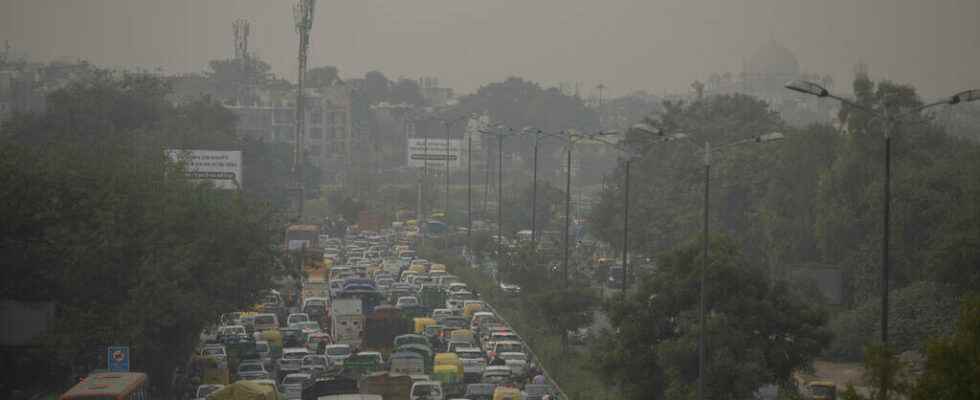New Delhi was the world’s most polluted capital for the fourth consecutive year last year, with 12 of the 25 most polluted cities in northern India. This air pollution is a problem to be dealt with regionally, not locally.
From our correspondent in New Delhi, Sebastien Farcis
There is good news and bad news in the annual report of the Swiss organization IQ Air.
The bad, first, is that New Delhi remains, by far, the most polluted capital in the world in fine particles. This in front of Dacca, in Bangladesh, and N’Djamena, in Chad. Half of the world’s 25 most polluted cities are in this landlocked region of northern India, where industries, coal factories and transport create a stagnant toxic cloud.
15% reduction in the average pollution rate
The good news, however, is that the average rate of pollution in New Delhi has fallen by 15% compared to 2018. An encouraging sign, said Anumita Roychowdhury, director of the Center for Science and the Environment in New Delhi.
The pollution curve has therefore dropped, it is no longer increasing in the Indian capital. However, even with this decline, this rate still needs to drop significantly to reach national standards – the maximum allowable rate is 40 micrograms per m3and it is over 90 in New Delhi.
The rate recommended by the WHO, lowered last year, is 5 micrograms per m3 on an annual average. No Indian city has such clean air, and in fact, half of the metropolises are ten times more polluted than that.
► Read also: India: New Delhi at a standstill with the explosion of pollution
